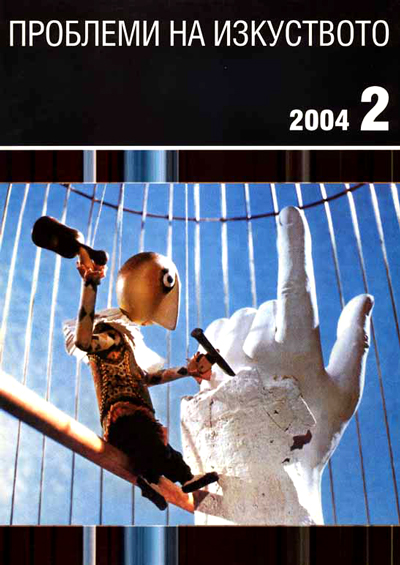Неотрадиционализъм в съвременното азиатско кино
Neo-traditionalism in Contemporary Asian Cinema
Author(s): Andronika MartonovaSubject(s): Philosophy, Fine Arts / Performing Arts, Visual Arts, Aesthetics, Film / Cinema / Cinematography
Published by: Институт за изследване на изкуствата, Българска академия на науките
Summary/Abstract: During the last 10 - 15 years the cinema of the Far East has conquered the world screens. This can be proved not only by the great number of films that have received awards at some of the most prestigious film festivals. The cinema (which can be called “art”) of China, South Korea, Vietnam, Japan wins the hearts of the viewers with its stylistic harmony and the fact that it’s so different from the cinema of the West. Many of the researchers of Eastern culture for many years now have been studying the display of traditionalism and neo-traditionalism in its different forms in contemporary Asian art, culture and literature. Cinema engulfs and assimilates a major part of the symbols, characteristic of the region, the classic genre-narrative structures (from poetry as well as from the prose - dramaturgy, novels, stories). The film language of the East is also entrusted with sacral philosophical and religious motives. As examples of such contemporary films one can point out the Korean film Spring, Summer, Fall, Winter… and Spring by Kim Ki-Douk and Oasis by Lee Chang-Dong, the Japanese Dolls by Takeshi Kitano and the Indian Samsara by Pan Nalin, the Chinese Hero by Zhang Ymou. The idea for a deliberate reconstruction of something well-known turns out to be quite convenient for Asian cinema from an ethical, aesthetical and commercial point of view. Film art as if though becomes a kind of Eastern “to be continued” and not a “remake” of the traditional inception. Because the screen makes possible the adequate new continuation of the triunhy of the classic Chinese term “I” - idea, “Fa” - canon and “Ha” - synthesis on which art is based.
Journal: Проблеми на изкуството
- Issue Year: 2004
- Issue No: 2
- Page Range: 49-53
- Page Count: 5
- Language: Bulgarian
- Content File-PDF

